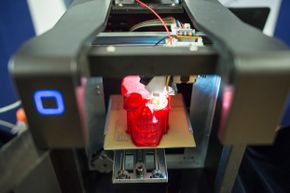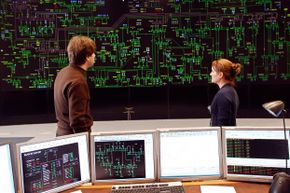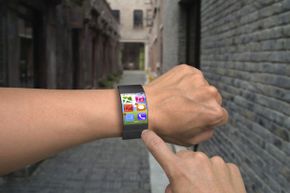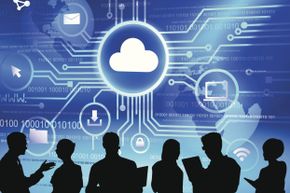Thanks to high-speed service providers, ubiquitous WiFi and rainbows of sensors, our world is awash in Internet-connected technologies. This always-on Internet is sometimes a convenience and often a hassle, but it's always a gateway to myriad opportunities. Those opportunities increase exponentially as the Internet of Things continues to evolve.
The Internet of Things (IoT) is an all-encompassing term that refers to scenarios in which an array of technologies ushers non-digitized objects (coffee machines, ovens, lamps, cars) and creatures (livestock and pets, for example) into the realm of the Internet. Each object becomes uniquely identifiable and can interact with as many other network-connected devices as you want.
Advertisement
The possibilities of the IoT are nearly limitless. Thanks in large part to that potential, the IoT has created new sectors in the world economy and lot of new jobs, too. Before we launch into the new careers that the IoT enables, we'll share a few examples of just how powerful this concept can be when it's fully realized:
- If you're genetically predisposed to heart disease, your physician recommends an always-on, implanted heart monitor. Sensors in the monitor ceaselessly report data to your smartphone, and in the event that your ticker misfires in any way, your phone alerts you and sends a message to your doctor.
- Grocery shopping is much easier with a smartphone and a smart fridge. The fridge knows that your kids drank the last of the orange juice and that all of produce is gone or half rotten, so it passes along that information to your phone. You whiz around gathering goods on an automatically generated list. Your shopping cart is smart, too, so you don't even have to wait in a checkout line. Just pass through a smart gate and you're automatically billed for the products you selected.
- Your office printer automatically orders more paper when the supply closet gets low. Your alarm clock signals your coffee maker to begin brewing, turns up the heat in your house, and, on cold days, fires the engine of your car so that it's warm and defrosted for your commute. And the smart lock on your front door alerts you when you leave your keys behind so you're not locked out in sub-zero temperatures.
As these endless combinations of products and sensors appear in our personal and professional lives, older jobs will be transformed into high-tech gigs, and altogether new careers will appear, too.











